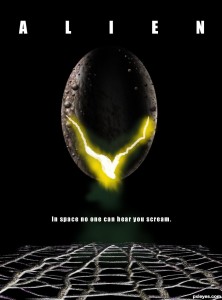
Laura Mulvey’s theory of the male gaze completely revolutionized our approach towards film criticism. In short, it asserts that “there is a pattern of male domination that runs throughout popular culture, and this doesn’t only determine what we see—it determines how we see. Hollywood cinema, in particular, treats the camera as though it were male. It compels all its viewers to see through male eyes.” The male gaze is asserted in three ways, first using the camera to subtly force the audience to gaze on females “as an object of sexual stimulation through sight” (Mulvey 397) Secondly, the films present their male protagonists as controllers of the narrative and of the gaze, eliciting the audience’s identification with said protagonist such that: “The male protagonist is free to command the stage, a stage of spatial illusion in which he articulates the look and creates the action” (396) The third mode in which the male gaze asserts itself is through “that of the characters within the screen illusion” (403) i.e. the male protagonists (with whom the viewers identify) assert their power by gazing upon the women. Essential to her theory is the fact that “The conventions of narrative film deny the first two and subordinate them to the third, the conscious aim being always to eliminate intrusive camera presences and prevent a distancing awareness in the audience. Without these two absences (the material existence of the recording process, the critical reading of the spectator) fictional drama cannot achieve reality, obviousness and truth.” (403) Thus, the invisibility of the male gaze to the viewer is critical to the functioning of the male gaze as a medium of male power in film.
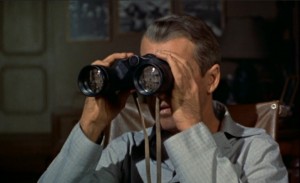
Hmm… I wonder if this is an instance of the male gaze
Mulvey’s theorizations were adopted and widely supported for good reason. One need not look far to see it’s prevalence in Hollywood movies today. Yet we should always be skeptical of such theories that claim to totally change the way we see the world. While Mulvey implies that the male gaze is ubiquitous in Hollywood cinema, inextricably linked to the Hollywood industrial production of cinema, she does not provide comprehensive evidence to prove its universal applicability. She admits that she does not analyze films with a female protagonist, but offers that typically “the female protagonist is more apparent than real.”(398) Furthermore, there are assumptions in her argument that must be examined under a more critical lens. As Carol Clover notes, if we see gender as a social construct (rather than solely determined by the subject’s possession or lack of a penis as Mulvey’s Freudian analysis takes for granted) we may not be able to wholly categorize the character’s, camera’s, and audience’s gaze as so one-sidedly gendered. In other words, does this black-and-white distinction of the “split between active/male and passive/female” create a false dichotomy? Lastly, Mulvey claims that “the conscious aim [of Hollywood cinema is] always to eliminate intrusive camera presences and prevent a distancing awareness in the audience” (403). What then do we make of certain Hollywood movies that actively call the audience’s attention to the male gaze? I’d like to test how Mulvey’s theorizations hold up in a film in which many of these assumptions are tested, Ridley Scott’s Alien.
Despite its controversial classification by some as a feminist film (Shone), in the exposition Alien does conform to an extent to what Mulvey’s theory of the male gaze. While, the women are not objectified or eroticized by the camera to such a degree that the lack of objectification is actually noticeable in itself, there is a “split between active/male and passive/female” in the first portion of the film. For instance, with the exception of Mother’s decision to wake the crew, Dallas makes all of the key decisions in the beginning of the film. He is the only one given access to Mother, who is in part a stand-in for the corporatist patriarchal power elements back-home. The external society is represented by one of its dominant forces “The Company”, gives Dallas power to wield over his crew. Within the crew, Dallas is respected as one who is “free to command the stage.. who “articulates the look and creates the action.”. The crew always looks to Dallas to answer their questions and his authority is reinforce by the use of tracking shots as the camera typically follows Dallas in his journeys about the ship, focuses in on his face (typically observing i.e. directing his gaze or explaining something to the crew). In times of tension or distress, such as when the issue of equal pay is raised, and the debate over whether or not to visit the planetoid Dallas is answers calmly and resolutely, occasionally even standing above the crew. The movie viewer has been conditioned to see Dallas, the attractive, calm, in control, camera-hogging, leader as our archetypal hero of the film (Newton 77). Notably, when the Nostromo has finally arrived on the planet, there is a shot of the three highest ranking men, discussing their course of action, while Lambert looks on passively, and Ripley is absent. This assertion of male power, is accepted because at this point the audience trusts Dallas’s judgement, identifying with him
 Alien initially centers around Dallas, an archetypal hero, with close-ups and tracking shots.
Alien initially centers around Dallas, an archetypal hero, with close-ups and tracking shots.
As the film continues, it begins to draw the viewer’s attention to the issues with the male gaze. When Lambert, Dallas, and Kane leave to investigate the location of the mysterious transmission, the male gaze is present in full form present in the contrast between Kane’s desire to investigate, look upon and probe the aliens and the clichéd desire of the female, Lambert (who “can’t see a goddamn thing”) to leave. According to the conventions of horror, the audience already knows that Kane’s over-exuberant gaze and curiosity will be his downfall in one way or another. Moreover, for much of the planetoid sequence, we are forced to adopt the gaze of Ash, first literally looking down on the search party from his position in the ship, and later watching them through a variety of cameras.
Yet, we begin to be suspicious of Ash and his gaze, as he fails to pick up on or disclose the recognition of the transmission of the warning. Furthermore, upon the crew’s return to the ship, it is Ash who re-admits the crew to the ship in direct contradiction to Ripley’s justified orders and legal authority. Given that this can be recognized by the viewer as an obvious mistake in the horror genre,and a breach of trust, we begin to question the male gaze and faith in male authority that has led the characters down this dark road. It is at this point that the movie’s gaze begins to evolve from Mulvey’s stereotypical, cut-and-dry male version, towards a more complex, less phallocentric vision. We are creeped out by Ash’s fascination with the alien, (Ash picks up right where Kane left off). The film begins to adopt Ripley’s viewpoint as she watches the medical operation. While Ash is constantly “collating” i.e. doing nothing, it is Ripley who propels the crew into unified action. Even before Dallas has died, it is Ripley who begins to gain power in scenes justly interrogating both Ash and even Dallas as the camera begins to adopt her gaze.
Finally, we are left with perhaps the climactic confrontation of genders in the movie: Ash’s attempted assault of Ripley. Angered by Ripley’s assertion of her power in spite of his efforts to thwart any action against the aliens, and determined to enforce the role of the Company (the patriarchy) Ash attempts to put Ripley in her place by throwing her to the ground, forcing her onto a table, and beginning to choke her with a pornographic magazine, while his entire body vibrates and makes involuntary sounds. It’s as close to oral rape as a (soon-to-be-outted) “male” robot can get (Newton 85). Now that the movie has made us suspicious of the male gaze through the failures of the company, Dallas, Kane, and Ash, and begun to adopt a contrary viewpoint through the empowerment of Ripley, it draws our attention in Ash’s abduction to the male gaze only to highlight its most horrible and exaggerated manifestation, and assertion of power over women. The viewer ,once wholly adopting and yet unaware of the male gaze, is now cognizant and repulsed by at least some of it. In direct opposition to Mulvey’s claims, in this instance, the male gaze has ceased to deny or hide its existence.
From this point on, Ripley is clearly anointed as the heroine of the film. On the pathway to becoming a version of Carol Clover’s final girl, who the (typically male audience of a sci fi/ horror film) identifies with (Clover). This needs some qualifications, however. First and foremost, Ripley seems to exhibit more and more stereotypically male characteristics. She is authoritative, telling Parker to “Shut up”, and tall with a deep voice. In the climactic moment she fires a harpoon from her midsection, destroying the phallic alien with a more potent phallic weapon of her own (Newton 76. While her gaze is not a male one, it’s hard to call it a wholly female one either. Certainly, elements of the male gaze still exist in isolated instances throughout the film. Lambert continues to act (or rather fail to act) as a stereotypical, powerless, passive female. Not sexually objectified by the camera’s gaze she nonetheless is little more than an object, voicing the audience’s (stereotypically feminine) fears, while often literally paralyzed and is attacked between the legs by the highly phallic alien (Creed). Make of that what you will, but there’s no way you can tell me that’s a pro-feminist characterization.
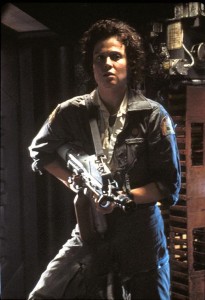
Our patriarchy defying feminist hero!
It is at the very climax of the film though, that the male gaze resurfaces in all its voyeuristic splendor, as Ripley controversially strips down to her tiny panties for no plot-necessitated reason, to be watched and panned over by the camera. It’s a bizarre, seemingly out of the blue moment, inconsistent wight the tone of the film (Newton 77). Ripley clothed so completely, and hardly objectified for the entirety of the film is now being made a complete spectacle of by the camera, when she is most vulnerable (Creed). There are few more obvious cases of the male gaze. Before her moment of triumph and full assumption of power she is first obviously and needlessly degraded and objectified. But perhaps that’s the point, while the male gaze is often impossible to detect, the viewer having grown to identify with this new somewhat alternative gaze, is now thoroughly confused as to why the character they identify with has become thoroughly objectified. In fact, the camera angle as we watch Ripley take off her clothes is not very dissimilar from the perspective of the predatory (and often predatory in a sexual manner) alien, with whom the viewer is sharing this spectacle. Having slowly encouraged us to identify with Ripley, the film has now turned the male gaze on itself, asking the viewer to adopt a view that it is thoroughly uncomfortable with and parallels that of an undeniably evil alien, and thus highlighting the issues inherent in the male gaze.
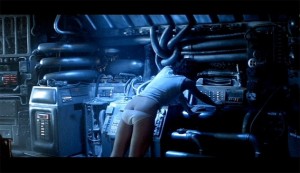
…And why our we watching our patriarchy defying feminist hero voyeuristically while she walks around in panties two sizes to small?
In light of these contradictions to Mulvey’s “Visual Pleasure and Narrative Cinema” present in Alien we should consider qualifying and revising her claims. While, her explanation of the camera’s power and immense influence on perspective, is crucial to the understanding of a film’s meaning, the assumption that Hollywood will deny this camera’s power is not always valid. Through drastic shifts in perspective, that jar the reader, Hollywood films like “Alien” can highlight and critique the power of the gaze. Secondly, we should not assume that the camera can so easily be pigeonholed into a specific gender. While, in conventional cinema the camera does tend to perpetuate male as the looker and the female as the looked upon, the fluidity of genders makes such an assumption not always valid. Hollywood film has a tendency to build the audience’s experience through the eyes of it’s protagonist. Furthermore, typically the protagonist is the one “who commands the stage… articulates the look [on the screen itself, through the camera, and for the audience] and creates the action.” In our society, and particularly in male-dominated Hollywood, the stereotypical version of this character is a male. But in spite of Mulvey’s dismissiveness of such a scenario, given the fluidity and constructed nature of gender, it is very much possible for this character to be a female imbued with stereotypically male characteristics. Whether a Hollywood protagonist can be female with stereotypically female characteristics is a question for another day.
Works Cited
Clover, Carol J. Men Women and Chainsaws: Gender in the Modern Horror Film. London: BFI, 1992. Print.
Creed, Barbara. “Alien and the Monstrous-Feminine,” Screen, Vol. 27, No. 1 (1986),
Mulvey, L. “Visual Pleasure and Narrative Cinema.” Screen 16.3 (1975): 6-18. Web.
Newton, Judith. “Feminism and Anxiety in Alien” in “Symposium on Alien,” Science Fiction Studies Vol. 7, No. 3 (198)
Shone, Tom. “Why Are Academics So Obsessed With Alien? And Will Prometheus Get the Same Treatment?” Slate Magazine. The Slate Group, 06 June 2012. Web. 18 May 2016.


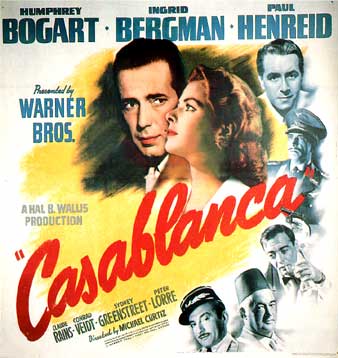


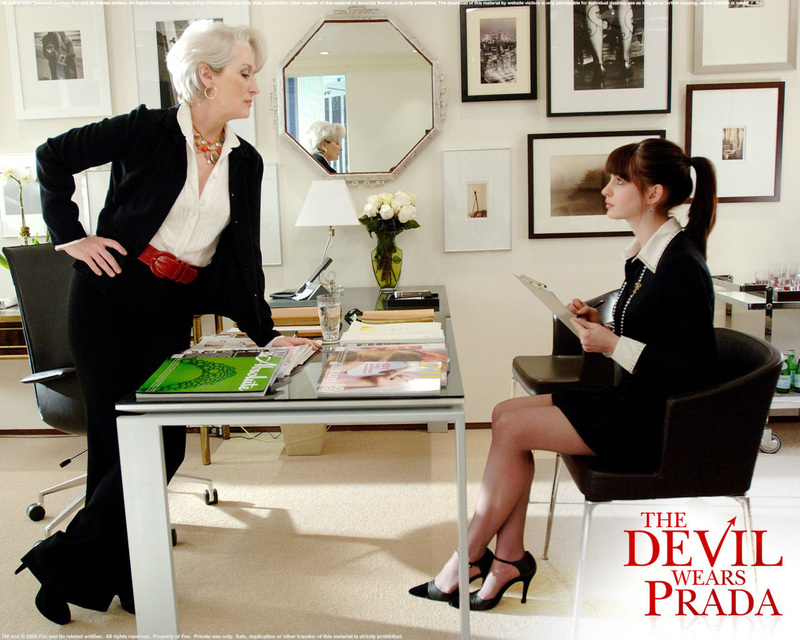
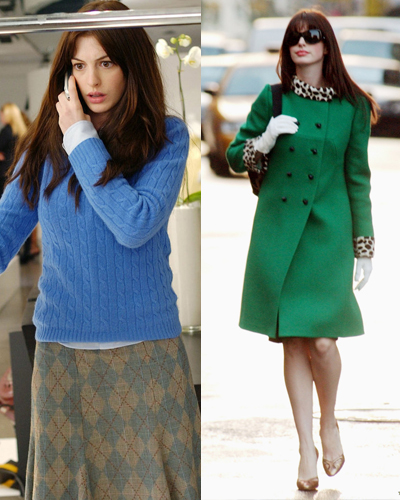

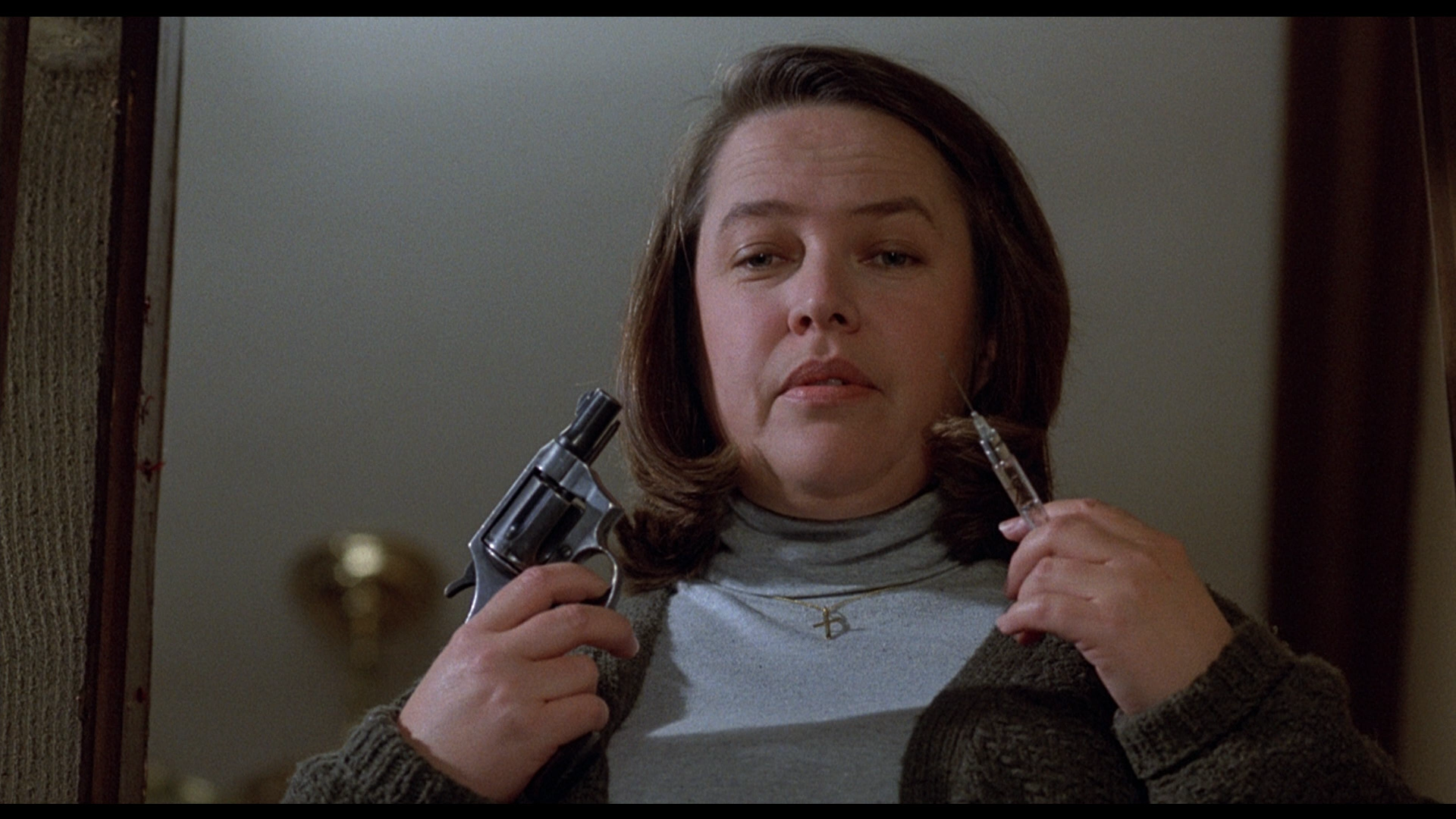


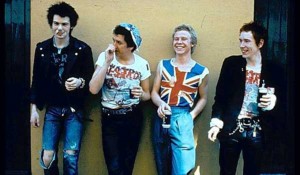


 Songs and their lyrics are able to convey emotions in people because they paint vivid pictures and descriptions of their subjects. The Star Spangled Banner vividly describes the American Flag to associate notions of resilience, strength and determination with the United States. Bro Country songs paint vivid pictures of women’s bodies to associate notions of sexual desire and lust with women. Popular culture “conveys contradictory messages to women about their sexuality, first teaching them that social validation comes from sexuality and then holding them in contempt for behaving sexually” (Glantz). Country songs are no different. First, country songs socially validate females through the exposure of their bodies. When “She’s poppin’ right out of the South Georgia water” Florida Georgia Line is praising a girl who has a malfunction. The girl’s mishap is twisted to be a good thing, and that it is good to expose yourself. These songs tell women what they should wear on their bodies to please men “tan skirt and boots” “red dresses” “black dresses” and “bikini tops”. By telling a girl to wear a dress or a skirt is telling her that she either needs to wear something that can easily be accessed, or that she should wear something that specified for women. Women fought hard to be able to wear pants and shirts instead of dresses, skirts and corsets. Country songs tell women that they need to cover themselves like they used to. Country contradict themselves by telling women that they need to wear dresses to cover themselves while also telling them to wear bikini tops and show off their “long tanned legs”. Country songs socially validate and praise women by showing off their bodies, rather than appreciating them regardless of what they wear and their body shape.
Songs and their lyrics are able to convey emotions in people because they paint vivid pictures and descriptions of their subjects. The Star Spangled Banner vividly describes the American Flag to associate notions of resilience, strength and determination with the United States. Bro Country songs paint vivid pictures of women’s bodies to associate notions of sexual desire and lust with women. Popular culture “conveys contradictory messages to women about their sexuality, first teaching them that social validation comes from sexuality and then holding them in contempt for behaving sexually” (Glantz). Country songs are no different. First, country songs socially validate females through the exposure of their bodies. When “She’s poppin’ right out of the South Georgia water” Florida Georgia Line is praising a girl who has a malfunction. The girl’s mishap is twisted to be a good thing, and that it is good to expose yourself. These songs tell women what they should wear on their bodies to please men “tan skirt and boots” “red dresses” “black dresses” and “bikini tops”. By telling a girl to wear a dress or a skirt is telling her that she either needs to wear something that can easily be accessed, or that she should wear something that specified for women. Women fought hard to be able to wear pants and shirts instead of dresses, skirts and corsets. Country songs tell women that they need to cover themselves like they used to. Country contradict themselves by telling women that they need to wear dresses to cover themselves while also telling them to wear bikini tops and show off their “long tanned legs”. Country songs socially validate and praise women by showing off their bodies, rather than appreciating them regardless of what they wear and their body shape.

